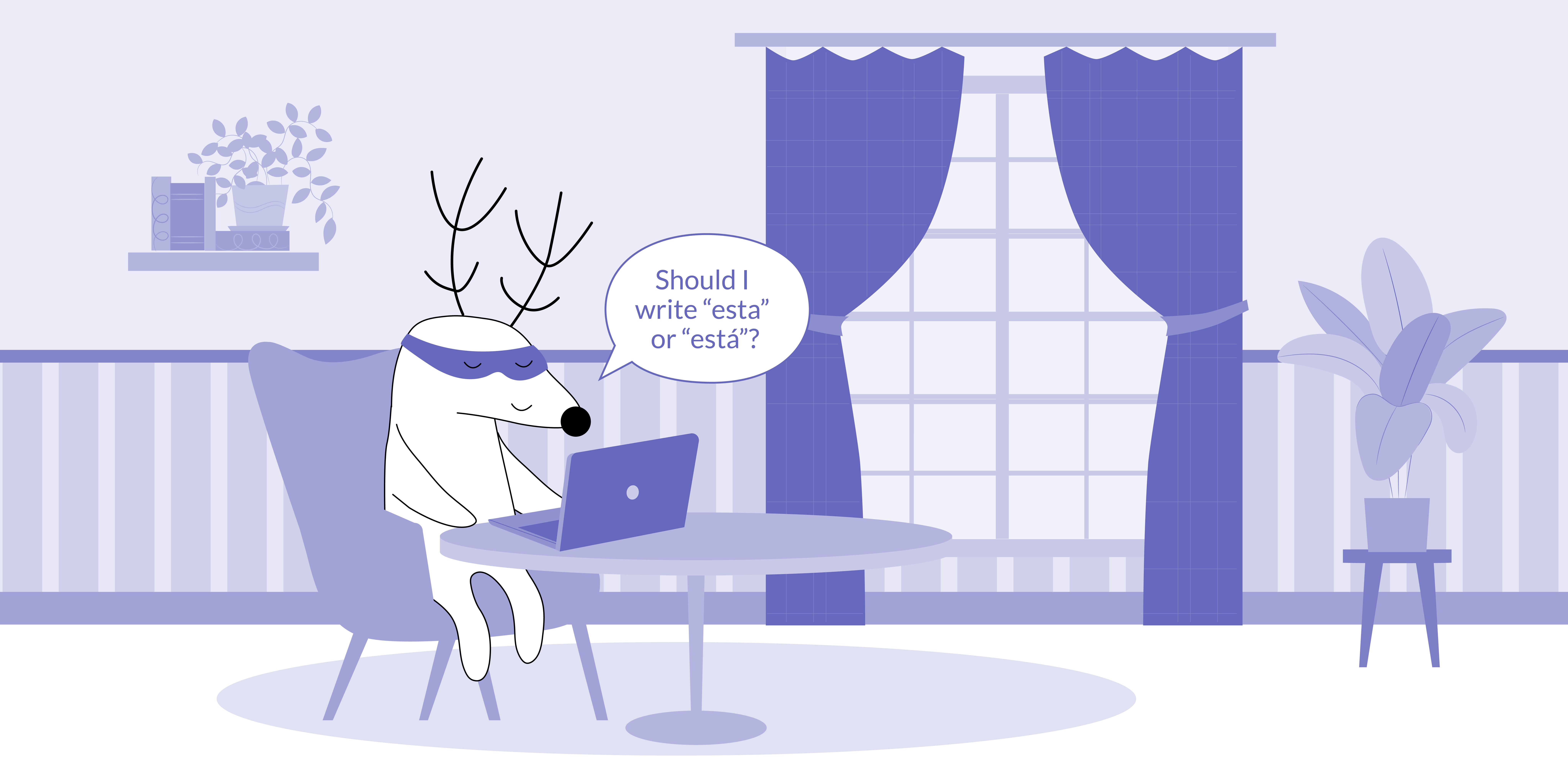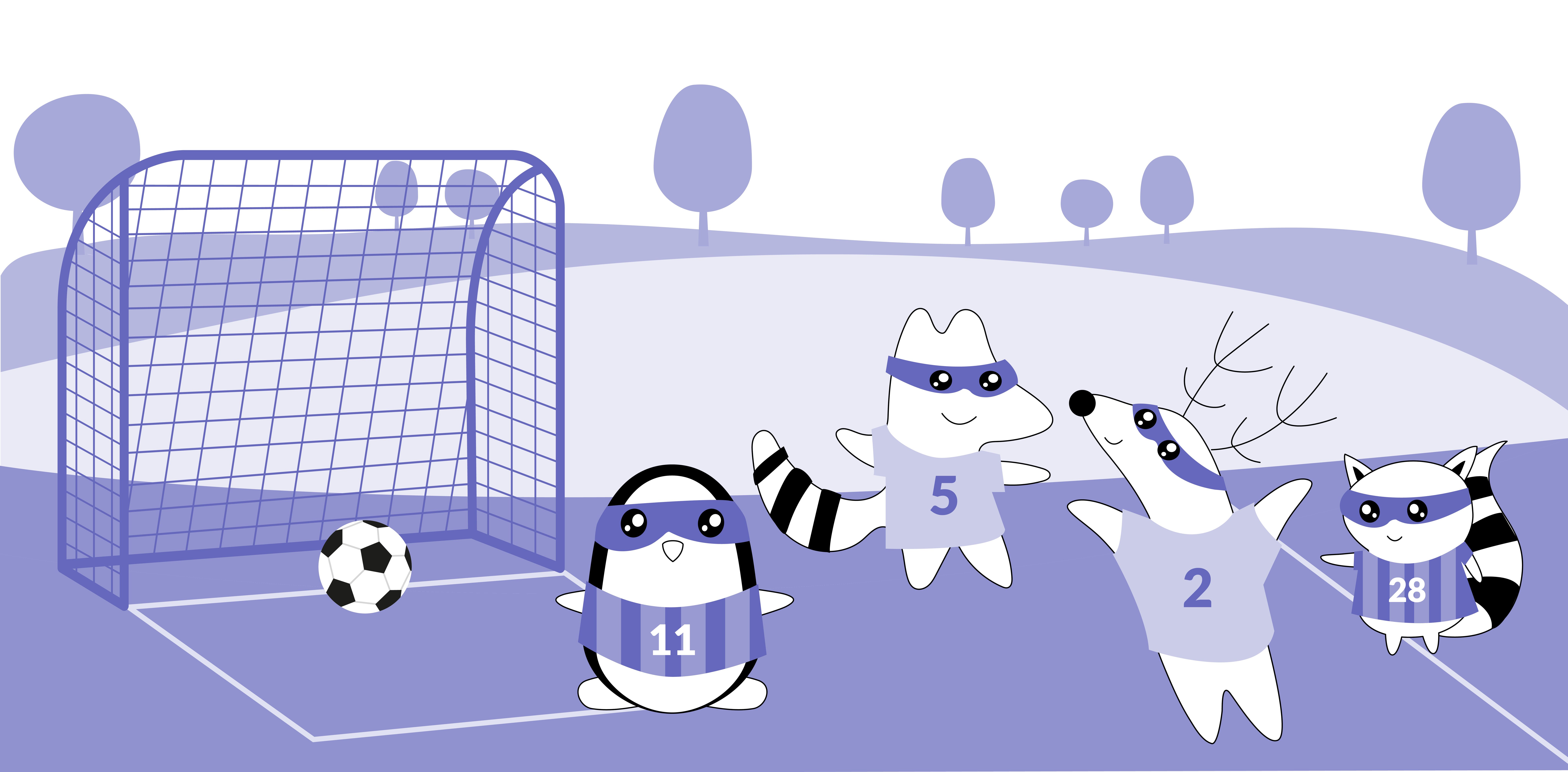
Reflexive verbs: they bring a fascinating twist to the Spanish language, adding depth and nuance to our expressions. These verbs hold the power to convey not just the action itself but also the intimate connection between the subject and the action performed upon oneself.
In this article, we will embark on a journey through the realm of reflexive verbs in Spanish. We'll unravel their essence, usage, and secrets to empower you with a deeper understanding of their significance.
Get ready to dive into the world of reflexive verbs, where language intertwines with self-expression in the most intriguing ways!
Learn Spanish with Langster
What are Reflexive Verbs?
Reflexive verbs in Spanish are used to indicate that the subject is performing the action on themselves. They are formed by adding -se to the infinitive form of the verb.
For example, the verb lavarse means "to wash oneself." The -se at the end of the verb indicates that the subject is washing themselves.
Reflexive verbs have different meanings than non-reflexive verbs. For example, the verb vestir means "to dress," but the reflexive verb vestirse means "to get dressed." Similarly, acostar means "to lay down," while acostarse means "to go to bed."
Examples of Reflexive Verbs
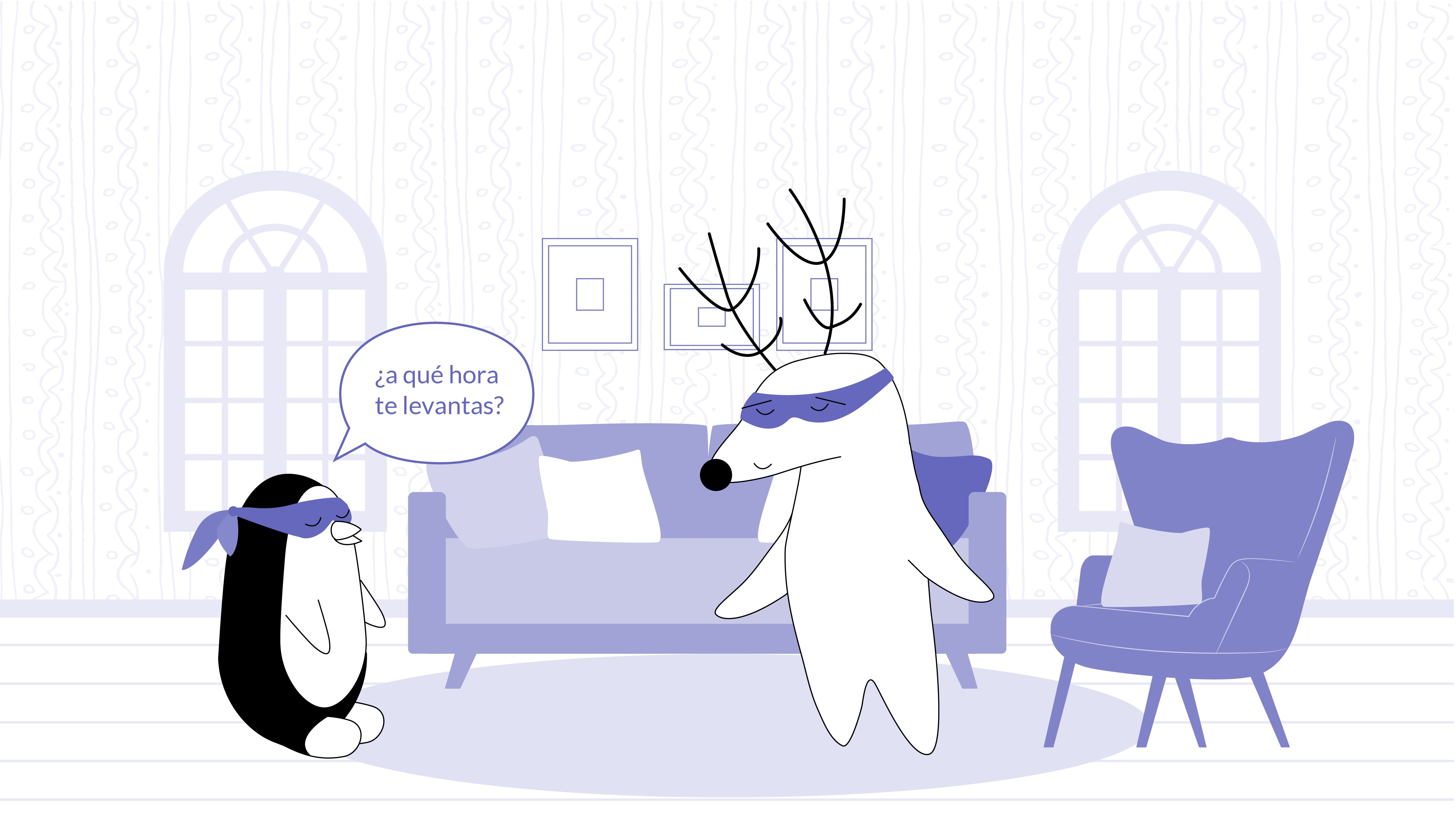
There are many reflexive verbs in Spanish, some common ones include:
Spanish
English
Levantarse
To get up
Acostarse
To go to bed
Bañarse
To bathe
Despertarse
To wake up
Peinarse
To comb one's hair
Maquillarse
To put on makeup
Afeitarse
To shave
The Formation of Reflexive Verbs in Spanish
To form a reflexive verb in Spanish, you need to add -se to the end of the verb's infinitive form. For example, the verb levantar means "to lift," but when you add -se at the end, it becomes levantarse, which means "to get up."
Reflexive verbs can be used in any verb tense, including the present, past, and future.
For example,
| Example | Translation | Explanation |
|---|---|---|
| Me voy a levantar temprano mañana. | I'm going to get up early tomorrow | It uses the reflexive verb levantar in the future tense. |
| Example | Translation | Explanation |
|---|---|---|
| Me voy a levantar temprano mañana. | I'm going to get up early tomorrow | It uses the reflexive verb levantar in the future tense. |
Pronouns in Reflexive Verbs
In Spanish, reflexive pronouns are used to indicate the subject of the sentence performing the action on themselves. These pronouns include:
| Spanish Reflexive Pronouns | English Equivalents |
|---|---|
| Me | Myself |
| Te | Yourself |
| Se | Himself, herself, yourself |
| Nos | Ourselves |
| Os | Yourselves |
| Se | Themselves, yourselves |
| Spanish Reflexive Pronouns | English Equivalents |
|---|---|
| Me | Myself |
| Te | Yourself |
| Se | Himself, herself, yourself |
| Nos | Ourselves |
| Os | Yourselves |
| Se | Themselves, yourselves |
For example, have a look at this sentence:
Spanish
English
Me lavo el pelo.
I wash my hair.
In this case, me is the reflexive pronoun that indicates that the subject (I) is washing themselves.
How to Conjugate Reflexive Verbs
Reflexive verbs are used when the subject of the sentence is performing the action on themselves. For example, you would use a reflexive verb when talking about getting dressed or brushing your teeth. However, not all verbs can be reflexive: it depends on the context and the meaning you want to convey.
For example, comer means "to eat," but it does not require a reflexive pronoun because you are not eating yourself.
Spanish
English
Estoy comiendo un sandwich.
I'm eating a sandwich.
However, sentarse is a Spanish reflexive verb that means "to sit down," and it requires a reflexive pronoun because you are sitting yourself down.
Spanish
English
Me senté en esta silla.
I sat down on this chair.
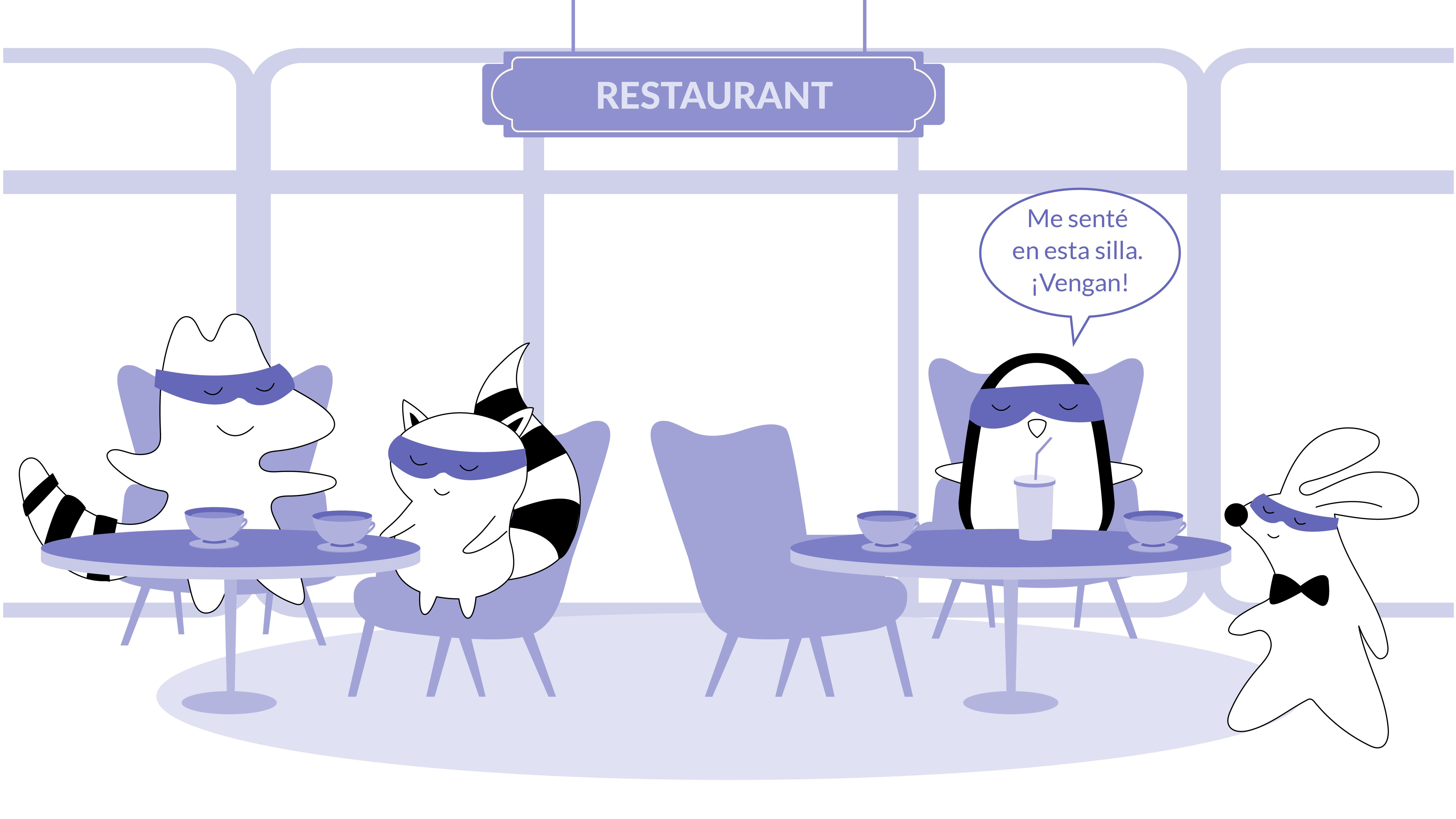
Sentence Structures with Reflexive Verbs
When using these Spanish verbs in sentences, the reflexive pronouns must match the subject of the sentence.
For example, have a look at the following sentence:
Spanish
English
Ella se cepilla los dientes.
She brushes her teeth.
Here, the reflexive pronoun se matches the subject ella.
Another important aspect to consider when using reflexive verbs is the placement of the pronoun. In most cases, the reflexive pronoun is placed before the verb and not after.
For example, Me voy a acostar (I'm going to bed) uses the reflexive pronoun me before the verb acostar.
Basic Reflexive Verbs That Every Language Learner Needs to Know
As a language learner, it's important to know the most common Spanish reflexive verbs that are commonly used in everyday conversation. Here are some examples:
| Spanish Reflexive Verbs | Translation | Example | Translation |
|---|---|---|---|
| Lavarse | To wash oneself | Ella se lava el pelo. | She washes her hair. |
| Peinarse | To comb one's hair. | Ella se peina el pelo. | She combs her hair. |
| Acostarse | To go to bed. | Ella se acuesta a las 22. | She goes to bed at 22. |
| Levantarse | To get up. | Ella se levanta a las 8 am. | She gets up at 8 am. |
| Despertarse | To wake up. | Ella se despierta a las 7 am. | She wakes up at 7 am. |
| Spanish Reflexive Verbs | Translation | Example | Translation |
|---|---|---|---|
| Lavarse | To wash oneself | Ella se lava el pelo. | She washes her hair. |
| Peinarse | To comb one's hair. | Ella se peina el pelo. | She combs her hair. |
| Acostarse | To go to bed. | Ella se acuesta a las 22. | She goes to bed at 22. |
| Levantarse | To get up. | Ella se levanta a las 8 am. | She gets up at 8 am. |
| Despertarse | To wake up. | Ella se despierta a las 7 am. | She wakes up at 7 am. |
By mastering these basic reflexive verbs, you will be able to communicate effectively in many situations.
Common Mistakes with Reflexive Verbs
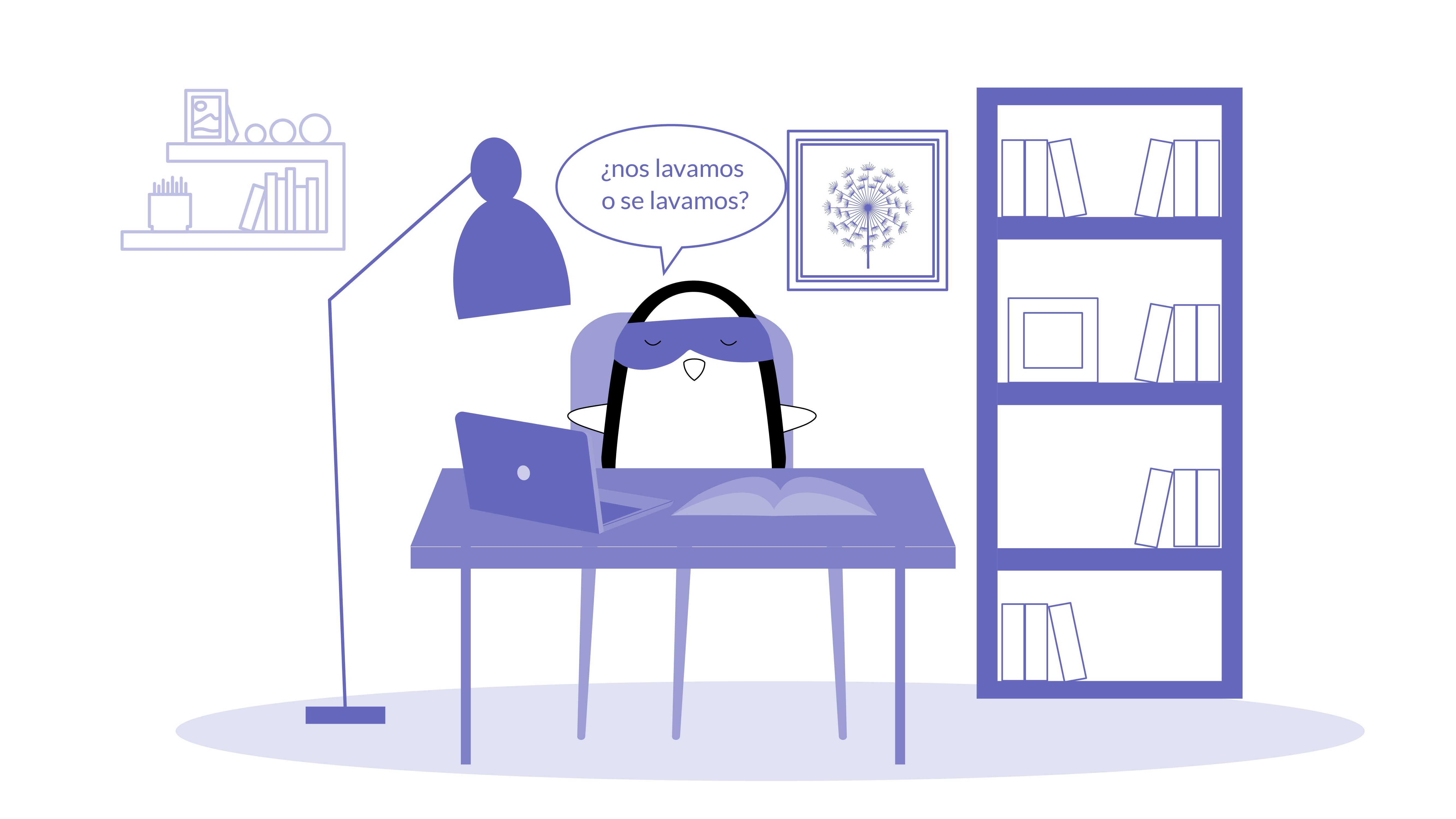
Reflexive verbs can be a challenging aspect of learning Spanish, and there are some common mistakes that learners often make. Let's discuss a few of them:
Using the Wrong Pronoun
The first common mistake is using the wrong reflexive pronoun. Each pronoun corresponds to a specific subject, and using the wrong one can change the meaning of the sentence.
Spanish
English
Nos lavamos.
We wash ourselves.
Se lavan.
They wash themselves.
Incorrect Placement of the Reflexive Pronoun
The reflexive pronoun should be placed before the conjugated verb or attached to the end of an infinitive or gerund form. Placing it in the wrong position can lead to errors.
For example, saying Lavo me las manos instead of Me lavo las manos would be incorrect.
Using Reflexive Verbs When They Shouldn't Be Used
Additionally, some learners make the mistake of using reflexive verbs when they are not needed.
For example, saying Me levanto mi amigo instead of Levanto a mi amigo (I lift my friend) would be incorrect, because levantar is not reflexive in Spanish.
Tips for Using Reflexive Verbs
Mastering reflexive verbs in Spanish is no easy task, but it's not impossible either. To avoid making mistakes when using reflexive verbs in Spanish, here are some tips to keep in mind:
Use Your Memory
Memorizing the most common reflexive verbs and their meanings is essential for using them correctly. Use resources like flashcards, and make an effort to familiarize yourself with verbs like levantarse (to get up), ducharse (to shower), acostarse (to go to bed), and others.
By committing these verbs to memory, you'll have a solid foundation for using reflexive verbs accurately in various contexts.
Learn Subject Pronouns
Understanding subject pronouns is crucial when dealing with reflexive verbs. The subject pronoun indicates who is performing the action.
Whether it's yo (I), tú (you), él/ella/usted (he/she/you formal), or any other pronoun, it influences the choice of reflexive pronoun. Being familiar with subject pronouns will help you determine if a reflexive verb is necessary in a sentence.
Pay Attention to the Pronouns
Always pay attention to the correct reflexive pronoun that matches the subject of the sentence. The reflexive pronouns are me, te, se, nos, os, and se.
Each one corresponds to a specific subject pronoun. Using the wrong reflexive pronoun can lead to confusion or incorrect sentences.
Practice as Much as Possible
Practice is key to improving your understanding and usage of reflexive verbs. Engage in activities that provide opportunities to use reflexive verbs in different tenses and structures.
Write sentences, engage in conversations, and complete exercises that involve reflexive verbs.
Final Thoughts
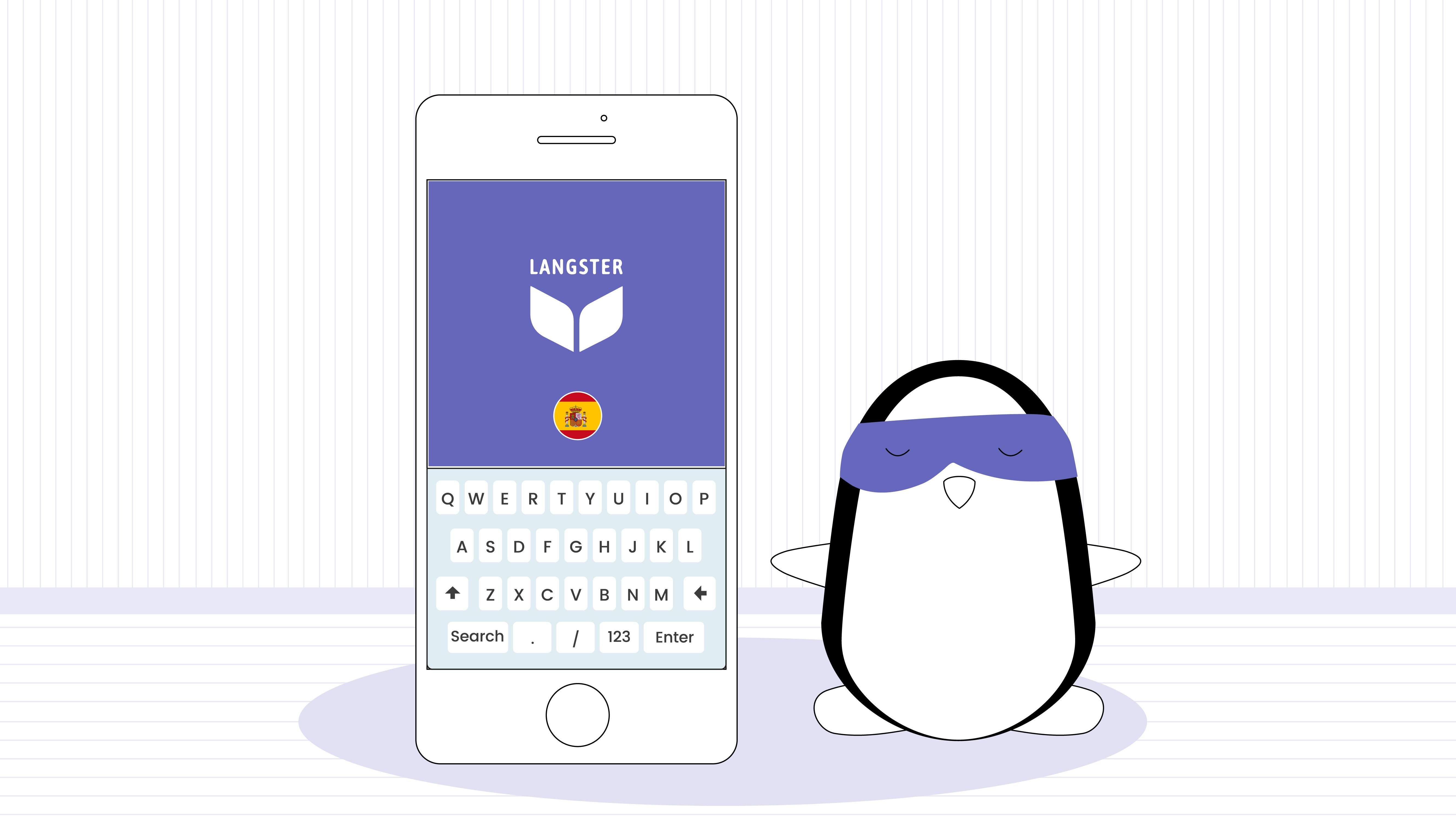
Reflexive verbs are an essential part of the Spanish language, giving a new meaning to verbs and allowing speakers to express themselves more accurately. By mastering the basics of reflexive verbs, you can improve your communication skills and become more fluent in the language.
Remember, practice makes perfect, so don't be afraid to use reflexive verbs in everyday conversation to become more comfortable with them - and practice as much as possible using engaging apps like Langster!
Learn Spanish with Langster







